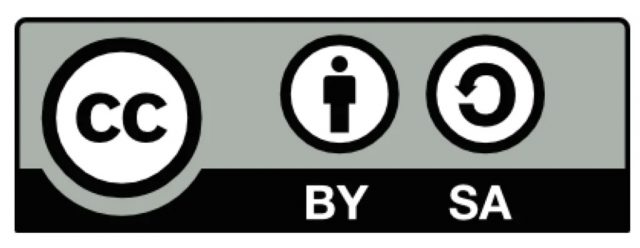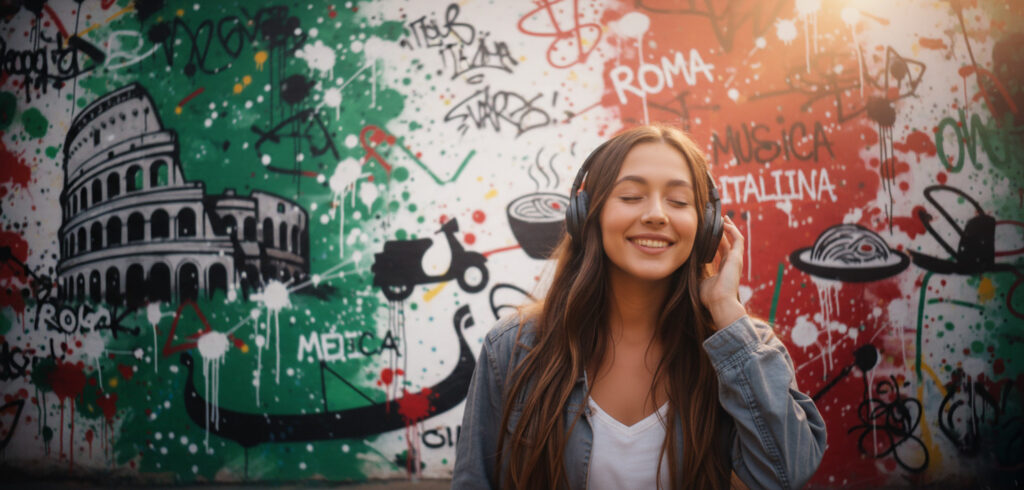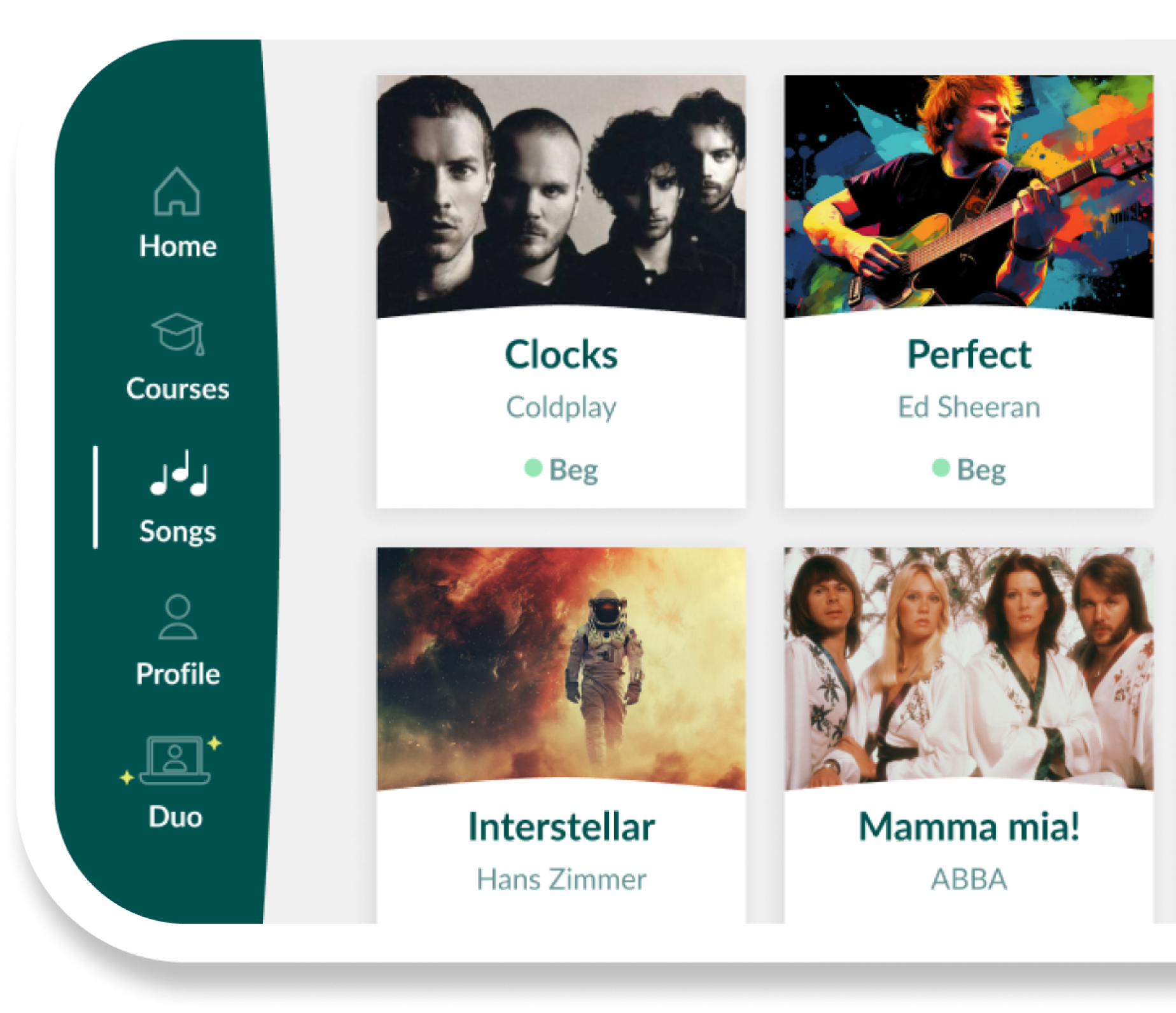In the streaming wars between local and global culture, Italy has emerged as an unexpected champion. New data reveals that 83% of Italy’s Spotify charts belong to local artists, placing the country 4th globally among 73 nations for musical sovereignty. That makes Italy the #1 country in Europe for support of homegrown music.
This triumph is striking when compared to Italy’s European neighbors: Germany manages just 48% local content, France reaches 60% despite government radio quotas, Spain struggles at only 28%, and the UK has collapsed to a mere 29%. Even the United States, birthplace of modern streaming culture, only achieves 79% domestic dominance, less than Italy’s remarkable performance.
To uncover these patterns, the piano learning app Skoove collaborated with analysts at DataPulse Research to analyze over a year’s worth of Spotify Top 200 data across 73 countries, tracking more than 800,000 data points to understand how local music holds its ground against global superstars.
What makes this achievement remarkable is how it defies streaming’s supposed globalizing effects. While platforms like Spotify were expected to create cultural homogenization, Italy demonstrates the opposite: when linguistic authenticity meets contemporary musical formats, streaming becomes a protector rather than destroyer of local culture.
The scale of Italy's resistance to global music becomes even more impressive against this backdrop. While American artists dominate the top 5 in 70 of the 73 countries studied, they capture just 5% of Italian charts. Individual Italian rappers like Geolier, ANNA, and Sfera Ebbasta each capture larger market shares than most international superstars.
The hip-hop revolution: When rap becomes resistance
Behind Italy's streaming dominance lies a cultural phenomenon that traditional music critics never saw coming: hip-hop as the guardian of Italian identity. Unlike pop music, which often requires English lyrics for international appeal, Italian rap thrives precisely because it's untranslatable: rooted in local slang, regional experiences, and distinctly Italian urban realities.
Italian artists own 83% of Italy's Spotify charts
The 20 artists who dominated Italy's streaming in 2024-2025, ranked by their share of Spotify's Top 200 charts. All 20 are Italian artists.
Italian Artists
International Artists
Geolier • Hip-Hop
5.0%
ANNA • Hip-Hop
3.7%
Sfera Ebbasta • Hip-Hop
3.5%
Kid Yugi • Hip-Hop
2.7%
Shiva • Hip-Hop
2.7%
Olly • Hip-Hop
2.4%
Juli • Hip-Hop
2.4%
Artie 5ive • Hip-Hop
2.4%
Lazza • Hip-Hop
2.4%
Capo Plaza • Hip-Hop
2.1%
Guè • Hip-Hop
2.0%
Marracash • Hip-Hop
1.9%
Tony Boy • Hip-Hop
1.8%
Tedua • Hip-Hop
1.7%
Tony Effe • Hip-Hop
1.6%
Simba La Rue • Hip-Hop
1.5%
Rose Villain • Hip-Hop/Pop
1.4%
Pinguini Tattici Nucleari • Indie Rock
1.3%
Night Skinny • Hip-Hop
1.2%
Baby Gang • Hip-Hop
1.1%
This data tells the story of cultural evolution in action. These Italian artists aren't singing traditional folk songs or emulating American rap wholesale; they've created something new: Italian urban music that speaks to contemporary Italian experiences in the Italian language. Artists like Geolier rap about Naples street life, ANNA addresses Milan's multicultural reality, and Sfera Ebbasta explores themes of success and struggle that resonate specifically with Italian youth. Even Simba La Rue, born in Tunisia but naturalized as an Italian citizen, represents this multicultural evolution—rapping in Italian about experiences that connect with the country's diverse urban landscape.
The cultural fortress effect: Language as digital protection
Italy's musical success reveals something crucial about cultural survival in the streaming age: authenticity creates impenetrable barriers. While critics warned that digital platforms would homogenize world culture, Italy proves the opposite can happen when local content meets universal formats. Our language correlation analysis reveals this pattern globally: countries with fewer speakers of their language typically see stronger local artist dominance.
Italian hip-hop succeeds precisely because it cannot be easily exported or replicated. The linguistic specificity, cultural references, and regional experiences embedded in these tracks create what economists might call "natural trade barriers," protecting the domestic market not through policy, but through cultural depth that foreign competitors cannot match. This stands in stark contrast to Italy's European neighbors, where artists singing in English face direct competition from American superstars, or where even government radio quotas (as in France) cannot fully protect local streaming market share.
Global perspective: Italy among the streaming sovereignty elite
Italy's position among the world's top countries for local music dominance puts it in exclusive company. Only India (85%), Turkey (83%), and Vietnam (83%) achieve higher levels of domestic streaming control. Japan (81%) rounds out this elite group. What unites these top-performing countries isn't geographic proximity or economic similarity; it's the combination of strong local languages with musical formats that serve domestic rather than export markets.
Unlike South Korea's K-pop, which was explicitly designed for global consumption, or the UK's historic focus on international music exports, Italy's hip-hop scene developed organically to serve Italian audiences. This inward focus, rather than limiting success, has created exceptionally strong domestic market position.
The transformation of music distribution from physical sales to streaming platforms fundamentally changes how artists build careers and reach audiences. Scottish musician Graeme Clark from Wet Wet Wet reflects on this seismic shift in the industry:

"The game has completely changed. It used to be about building a following, town by town, with your sound echoing in local clubs. Now, the echo chamber is a global playlist. You're not trying to win over a city anymore; you're trying to please an algorithm. It's a fantastic way to reach the entire world, but you have to wonder what unique sounds get lost in that global translation."
Clark's insight about unique sounds potentially getting lost in global translation highlights a real challenge facing today's musicians. Italy's experience demonstrates one powerful response: by creating music so deeply rooted in local culture and language that it resists global translation entirely, Italian hip-hop artists have found a way to thrive within the algorithm while maintaining their distinct identity. Their success shows that streaming platforms can amplify local scenes when those scenes serve audiences that global competitors simply cannot reach.
Italians want to hear Italian sounds
Italy's position as the 4th most locally-dominated music market globally represents more than statistical curiosity; it demonstrates how cultural identity adapts and strengthens in the digital age. While streaming platforms were expected to create worldwide cultural homogenization, Italy proves they can serve the opposite function when local content meets audience demand.
The hip-hop revolution in Italy shows that resistance to cultural colonization doesn't require rejecting modernity or global connectivity. Instead, it requires artists who can take universal musical formats and fill them with irreplaceable local content that speaks to their audience's specific experiences, challenges, and cultural identity.
As Graeme Clark notes, the challenge for musicians worldwide is maintaining unique sounds while navigating algorithmic distribution. Italy has found its solution: embracing the algorithm while refusing to compromise cultural authenticity. The result is streaming dominance built on the foundation of local language addressing local experiences through globally accessible formats.
In this landscape, Italian artists have created a compelling alternative to global competition. When Geolier captures more of the Italian market than the entire American music industry, when ANNA achieves higher streaming numbers than global superstars in Italy, the data shows: algorithms amplify whatever audiences truly want to hear. Italy's hip-hop artists have ensured that what Italians want to hear sounds unmistakably, irreplaceably Italian.
Methodology
The study analyzed data from the top 200 songs streamed weekly on Spotify across all 73 countries where Spotify publishes Top 200 charts. The data covers every week from May 23, 2024, to July 10, 2025.
We analyzed chart performance using a points system: The No. 1 song received 200 points, No. 2 received 199 points, and so on. This allows us to weight chart position appropriately - a #1 hit counts more than a #200 track. The percentages shown throughout this report represent each country's or artist's share of total points, which effectively measures their share of Top 200 streaming activity weighted by chart position.
For songs with multiple artists, every artist on the track received the full points for that rank. For example, if a number one song featured three artists, each of those three artists was awarded 200 points.
Artists were analyzed by their country of origin, not the location of their record label, agents, or other business affiliations.
For complete details on our data collection and analysis methods, read the full methodology here.
Study by: Skoove & DataPulse Research
Edited by: Susana Pérez Posada

With over seven years of piano education and a deep passion for music therapy, Susana brings a unique blend of expertise to Skoove. A graduate in Music Therapy from SRH Hochschule Heidelberg and an experienced classical pianist from Universidad EAFIT, she infuses her teaching with a holistic approach that transcends traditional piano lessons. Susana's writings for Skoove combine her rich musical knowledge with engaging storytelling, enriching the learning experience for pianists of all levels. Away from the piano, she loves exploring new places and immersing herself in a good book, believing these diverse experiences enhance her creative teaching style.
Feel free to use this content
This content, including images and data visualizations, is licensed under a Creative Commons Attribution-ShareAlike 4.0 International License. You are free to share, copy, redistribute, adapt, remix, and transform the material for any purpose, even commercially, as long as you provide proper attribution. Please credit and link to: Skoove.com when using any part of this content.















